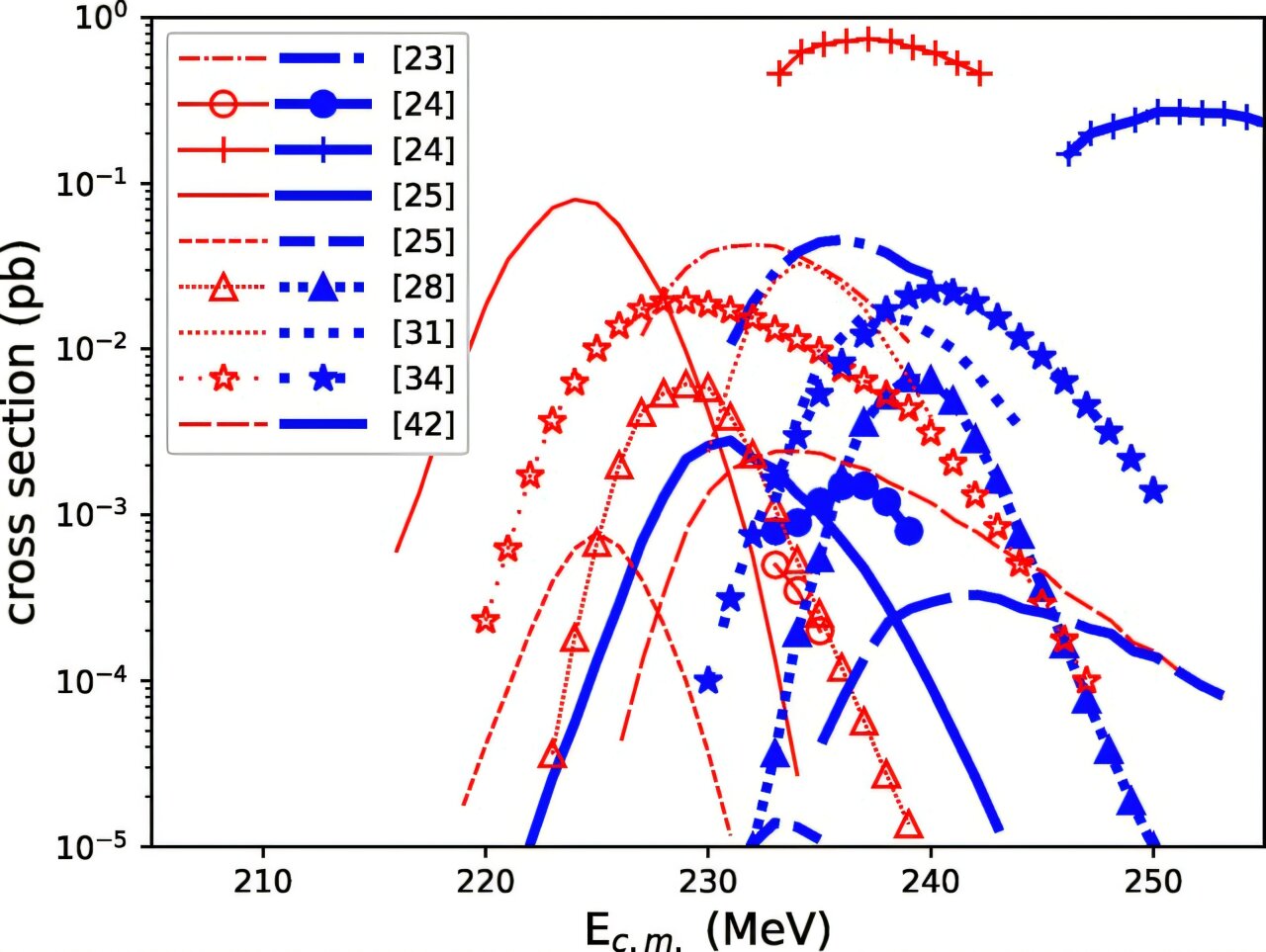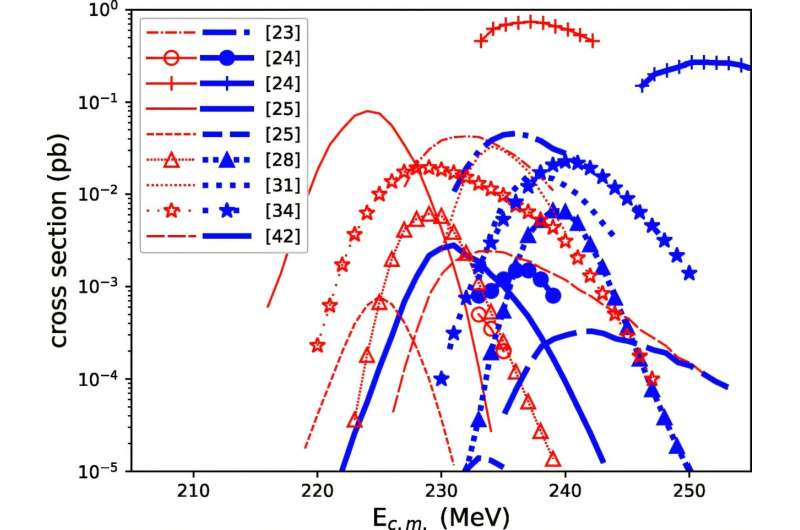

The search for new elements comes from the dream of finding a variant that is sufficiently stable to be long-lived and not prone to immediate decay. There is a theory in nuclear physics about an island of stability of superheavy elements. This is a potential zone in the upper part of the periodic table of as-yet-undiscovered elements that could remain stable for longer than just a few seconds. The aim is to explore the limits of stability of atomic nuclei.
In a study involving Lund University, Sweden, researchers have tested a new method for observing the element livermorium, which has 116 protons in its atomic nucleus. The research shows that the new method is a promising step forward for embarking on the mission to produce element 120, which would be the heaviest element to date. The work is published in the journal Physical Review Letters.
“We were able to register a livermorium nucleus in our detector just eight days into the experiment, which shows that we had chosen pretty good settings from the start,” says Dirk Rudolph, one of the researchers from Lund University engaged in the new study.
The experiment campaign was conducted at the Berkeley Lab in the United States. For Dirk Rudolph and his Lund colleagues, it is a feather in their cap to have been entrusted with supplying the new detector system for the extensive experiments at Berkeley. The detector from Lund, called SHREC, was flown to the United States in the researchers’ hand luggage. The heart of the detector is a small box containing 14 customized silicon wafers.
Research on superheavy elements first requires an accelerator to deliver an intense ion beam, which is then focused onto a target. The target consists of a thin layer of an element heavier than uranium. The product formed during the fusion reaction can be registered in a detector system after an efficient separation.
“I’m very proud that SHREC performed like clockwork in the experimental setup right after we brought it with us from Lund,” says Pavel Golubev, the detector expert in the Lund team.
The livermorium experiment will continue for the rest of the year, after which the researchers plan to start work on trying to produce element number 120, which could take several years.
More information:
J. M. Gates et al, Toward the Discovery of New Elements: Production of Livermorium ( Z=116 ) with Ti50, Physical Review Letters (2024). DOI: 10.1103/PhysRevLett.133.172502. On arXiv: DOI: 10.48550/arxiv.2407.16079
Provided by
Lund University
Citation:
Successful experiment paves the way for discovery of a new element (2024, October 24)
retrieved 24 October 2024
from https://phys.org/news/2024-10-successful-paves-discovery-element.html
This document is subject to copyright. Apart from any fair dealing for the purpose of private study or research, no
part may be reproduced without the written permission. The content is provided for information purposes only.